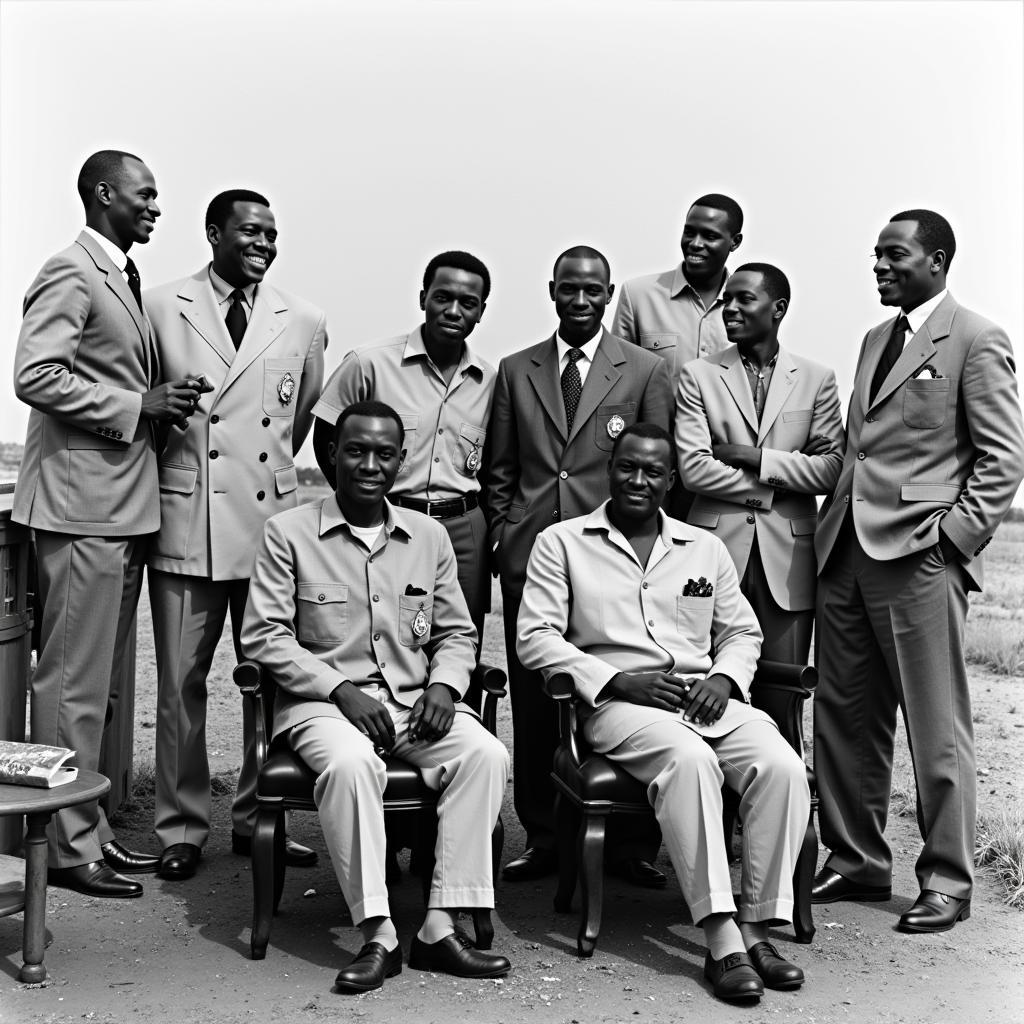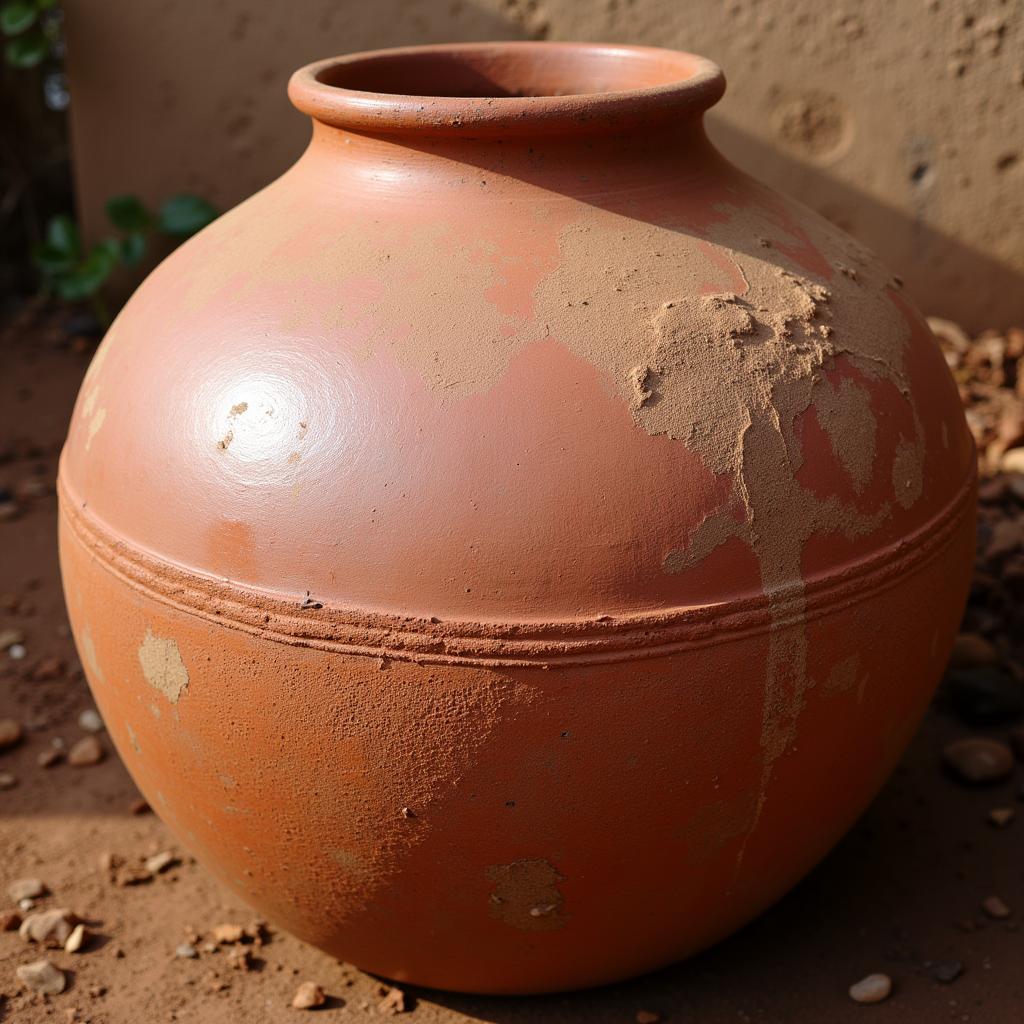The Rhythmic Heartbeat of Africa: Exploring the African Drum Bali
The African Drum Bali, also known as the “talking drum,” is a remarkable instrument with a rich history and cultural significance. It’s not just a musical instrument; it’s a language, a storyteller, and a symbol of community in many African cultures. This article dives into the captivating world of the African drum bali, exploring its origins, diverse styles, and enduring impact on African music and culture.
The Origins of the African Drum Bali
The African drum bali has roots that stretch back centuries, its origins deeply intertwined with the rich tapestry of African cultures. While precise details about its invention remain elusive, historical evidence suggests that the instrument emerged in the western and central regions of Africa, notably in countries like Nigeria, Ghana, and Sierra Leone.
Understanding the Instrument: The drum bali consists of two membranes stretched over a hollow, hourglass-shaped wooden frame. It’s played by tightening or loosening the strings on one side, which alters the pitch of the drum, creating a variety of sounds. This unique feature gives the drum bali its ability to mimic human speech, hence its nickname “talking drum.”
The Significance of the Drum Bali in African Culture
The African drum bali is more than just a musical instrument; it’s an integral part of African culture, embodying the essence of community, communication, and tradition. Its significance is deeply ingrained in the lives of many African communities, where it plays a pivotal role in:
- Communication and Storytelling: The drum bali’s ability to mimic speech makes it an exceptional tool for communication, especially in areas where different languages are spoken. It’s used to convey messages, tell stories, and even transmit news across long distances.
- Ceremonies and Rituals: In various African communities, the drum bali is an essential element of ceremonies, rituals, and festivals. It sets the rhythm for dances, accompanies songs, and serves as a symbol of celebration, mourning, and spiritual connection.
- Social Bonding: The collective act of drumming together strengthens community bonds, fostering a sense of unity and belonging. The rhythmic pulse of the drum bali creates a shared experience that connects people across generations.
The Diverse Styles of the Drum Bali
The African drum bali comes in different sizes and designs, each with its unique sound and playing style. Some popular styles include:
- Gbedu: Originating from Nigeria, the Gbedu drum bali is characterized by its large size and deep, resonant sound. It’s often used in traditional Yoruba music, including the popular Apala genre.
- Dundun: The Dundun drum bali, also from Nigeria, is a smaller and more agile instrument, known for its versatile pitch range and ability to mimic human speech. It’s commonly used in Yoruba drumming ensembles, such as the Bata drumming tradition.
- Tama: Originating from Ghana, the Tama drum bali is distinctive for its high-pitched sound and intricate playing techniques. It’s typically used in traditional Akan music, known for its complex polyrhythms and rhythmic patterns.
The Enduring Legacy of the Drum Bali
The African drum bali remains a vital part of contemporary African music and culture. Its influence can be seen in:
- Modern Music: Contemporary musicians across Africa and the diaspora continue to incorporate the drum bali into their music, blending traditional rhythms with modern genres like hip-hop, jazz, and Afrobeat.
- Education and Preservation: Efforts are underway to preserve the drum bali’s rich tradition through educational initiatives and cultural organizations that teach drumming techniques and promote its cultural significance.
- Global Recognition: The drum bali has gained international recognition as a symbol of African heritage and a powerful testament to the continent’s vibrant musical traditions.
The Impact of the African Drum Bali on the World
The influence of the African drum bali extends far beyond the continent’s borders. Its distinctive rhythms, powerful sounds, and cultural significance have captivated audiences worldwide.
“The African drum bali is more than just a musical instrument. It’s a window into a rich cultural tapestry, a testament to the resilience and creativity of the African spirit. Its vibrant rhythms and unique sound have captivated audiences worldwide, inspiring musicians and artists across generations.” – Dr. Kofi Agyeman, Ethnomusicologist
Conclusion: The Rhythmic Heartbeat of Africa
The African drum bali remains a powerful symbol of African culture, a testament to the continent’s rich musical heritage. Its distinctive sounds, storytelling abilities, and deep cultural significance continue to inspire and captivate audiences worldwide. The drum bali’s rhythmic heartbeat continues to echo through generations, reminding us of the power of music to connect, celebrate, and preserve cultural traditions.
Frequently Asked Questions
Q1. What is the purpose of the African drum bali?
The African drum bali is primarily used for communication, storytelling, ceremonies, rituals, and social bonding in various African communities.
Q2. How does the African drum bali work?
The drum bali is played by tightening or loosening the strings on one side, which alters the pitch of the drum, creating a variety of sounds that can mimic human speech.
Q3. Why is the African drum bali called “talking drum”?
The African drum bali is called “talking drum” due to its ability to mimic speech. It can be used to convey messages, tell stories, and even transmit news.
Q4. What are some examples of modern musicians who use the drum bali in their music?
Many contemporary African musicians, such as Femi Kuti, Salif Keita, and Angelique Kidjo, incorporate the drum bali into their music.
Q5. How can I learn more about the African drum bali?
You can learn more about the African drum bali by exploring cultural organizations, attending workshops, and researching online resources dedicated to African music and culture.

